Jul 19, 2023
Foodie Paradise Weekend Trip to Kochi
After the humidity and endless heat of Tokyo summers, I always am very ready for the autumn season to arrive. The cooler temperatures encourage one to plan hikes to see the trees turn their photogenic golds and reds and eat all the seasonal delights.
Most folks think of fall in Japan as the autumn foliage in Kyoto or the blazing mountainsides in Tohoku, but my thoughts go directly to Kochi in Shikoku. Despite its blissfully remote vibe, it is quite accessible from the Kansai region via a fast bullet train ride to Okayama and a scenic ride over the Oseto Bridge on the Dosan Line (or, if you are a bit adventurous, an overnight journey on the Seto Sunrise, a sleeper train that regularly departs from Tokyo Station, dropping you off in Okayama).
Early to mid-November is the best time to visit for a long weekend dedicated to the pleasures of the palate and some outdoor adventures surrounded by golden leaves.
I tend to organize my trips to arrive at Kochi Station just before 10:00 on Saturday. A 15-minute walk from the station, meandering through the Obiyamachi shopping arcades, is my traditional first stop of the day: Mephistopheles. The whimsical, retro coffee shop serves “morning” sets all day in generous Kochi-sized portions that make an ideal brunch, well-worth restricting yourself to coffee on the train.
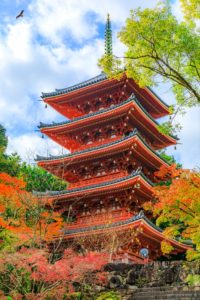
The next stop is just a quick bus ride up nearby Mt. Godai, where I head to see the ever-changing palette of colors at the Makino Botanical Garden. The vast grounds (which include a trail that is part of the Shikoku 88 Temple Pilgrimage route) are dotted with golden trees and autumnal flowers that glow under the gentle fall sun. On chilly days the greenhouse is a warm paradise, with walls thick with plants reminiscent of something out of Laputa.
Just across the road is Chikurin-ji Temple, which is at its finest during this season. This is the 31st stop on the Shikoku 88 temple pilgrimage, and one can easily understand how moving it must be for exhausted pilgrims to walk into the mossy embrace of this serene temple and look up at the bright red pagoda framed in fall foliage. Make sure to splurge for the entrance fee to the inner garden, which always reminds me of those in Kyoto (without the millions of people competing for the view).
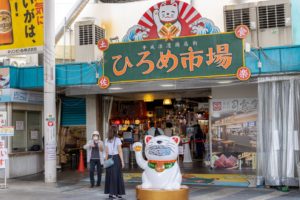
After checking into my hotel for the night, which is often either the super sleek and minimal 7 Days or the private room at En Hostel & Bar, it is time to head out for dinner. Heading toward Kochi Castle, my go-to is always Hirome Market, where there are dozens of stalls selling all sorts of Kochi favorites, such as freshly seared katsuo no tataki (bonito cooked over a straw fire), aonori laver tempura, sake from many of the prefecture’s breweries and even some Indian and Italian dishes to switch it up. Grab a spot at one of the communal tables, start sampling tidbits from the various stalls, and say hi to folks seated nearby, as this is the best way to get a feel for this party-loving prefecture.
Many people don’t know that in Kochi, one of the traditional ways of ending a night out is not with a round of karaoke or a bowl of ramen but with a delicious slice of cake! Give this part of local nightlife a whirl at the nearby Obiyamachi Maison de Sweets Hattori branch, which is open until midnight.
After a good night’s sleep, I wake up for breakfast at what is (I believe) one of Kochi City’s very best traditions: the Sunday Market. A major event on the weekly calender of Kochiites for centuries, this is the longest street market in Japan, starting around the foot of Kochi Castle and stretching down 1.3 km under a canopy of massive trees and palms. After a cup of coffee, I wander the stalls, snacking on imoten, fluffy bites of sweet potato tempura, artisanal baked goods, a small plate of inaka-sushi, Kochi’s veggie-based sushi flavored with yuzu, and other delights. During each visit, I find something different and tempting and always leave full and happy.
There are a number of cute retro spots to explore near Kochi City, such as the former samurai town of Aki or the flagstone and sake brewery-lined lanes of Sakawa, but my favorite is the little town of Niyodogawa.
I pick up a rental car near the station (there are train and bus connections, but having your own wheels is so convenient) and take the easy drive of just over an hour to Nakatsu Gorge.
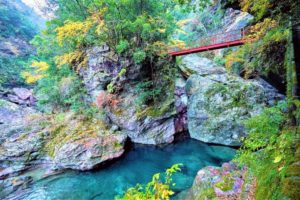
Usually, I go for the short 2.3 km hike along the gorge to see the autumn leaves and incredible glowing blue of the water, which make for really dramatic photos. But on days I feel more adventurous, I book a canyoning or pack-rafting tour with Niyodo Adventure, run by a sweet Japanese-Canadian couple, where you get to experience the sheer clarity and purity of Kochi’s rivers.
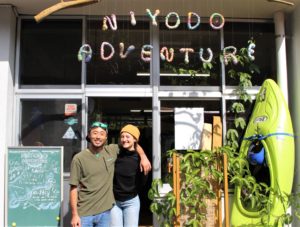
A 15-minute drive further into the mountains (or one hour hike for the more athletically inclined) and I pull up at Blue Brew, a craft brewery run by former Californians Ken and Masako Mukai. The enchanted beer-serving cottage in the woods, fronted by a clear stream and surrounded by trees covered in golden leaves, is a total fairytale.
Sit by the firepit or take your pint for a stroll along the river for an intensely serene moment. All their beers are made from ultra-pure local water and incorporate ingredients grown by nearby farmers, such as hops, ginger, sweet potato, and green tea!
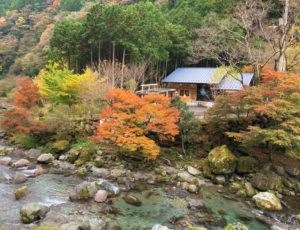
Of course, drinking and driving is a big no-no, so once the sun sets, I check in across the road at Shimona no Sato, a former school transformed into a quirky cozy inn. The bodacious meals here are a real taste of Kochi home cooking and often include freshly-caught river fish, mountain vegetables, and a potato salad that makes me want to steal their recipe. Outdoorsy folks can bring their camping gear and overnight under the stars at the nearby Yumenomori Park camping site, which has clean bathrooms and cooking facilities and allows guests to build fires (s’mores, anyone?!)
Leaving this peaceful place full of delicious food, beer, and friendly folks is always a bit of a wrench. But no worries, I will be back next year!
Photos by Takuya Hosogi and Chiara Terzuolo
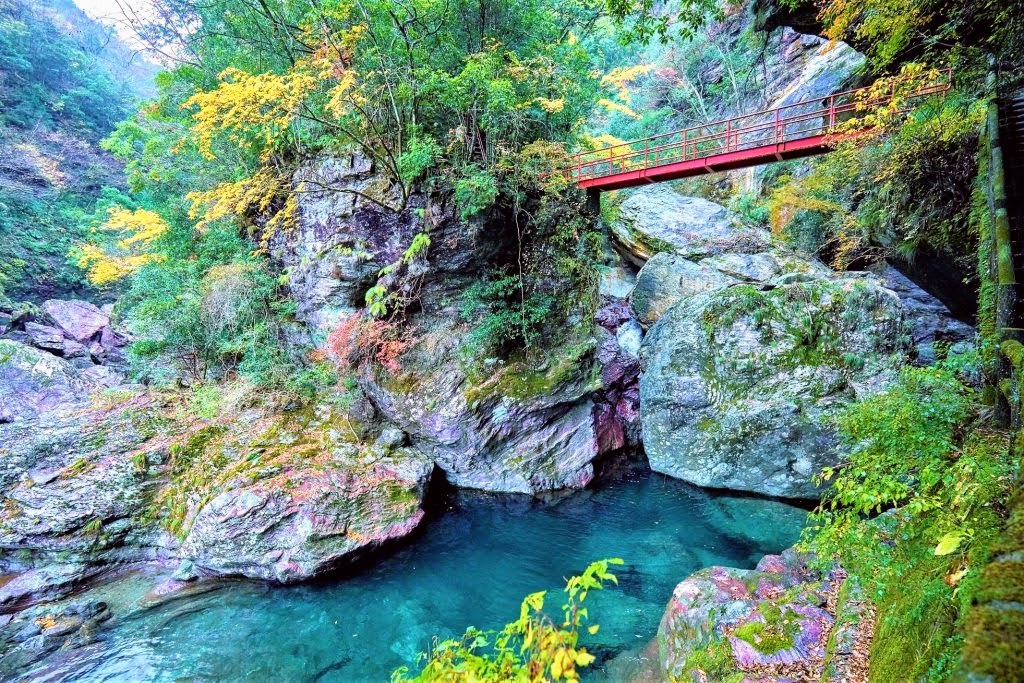
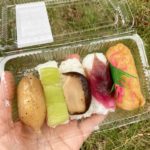
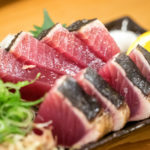

About the author